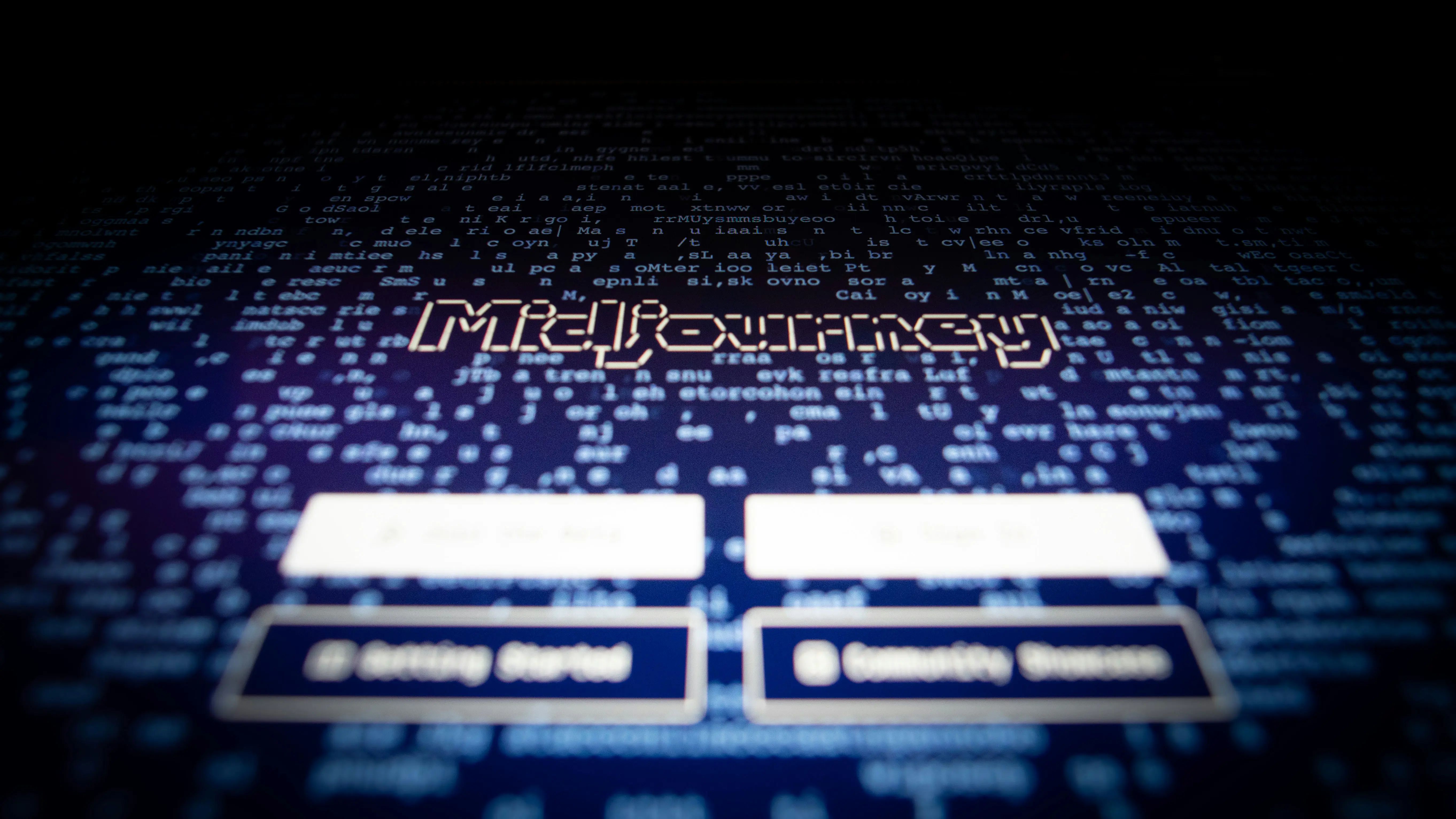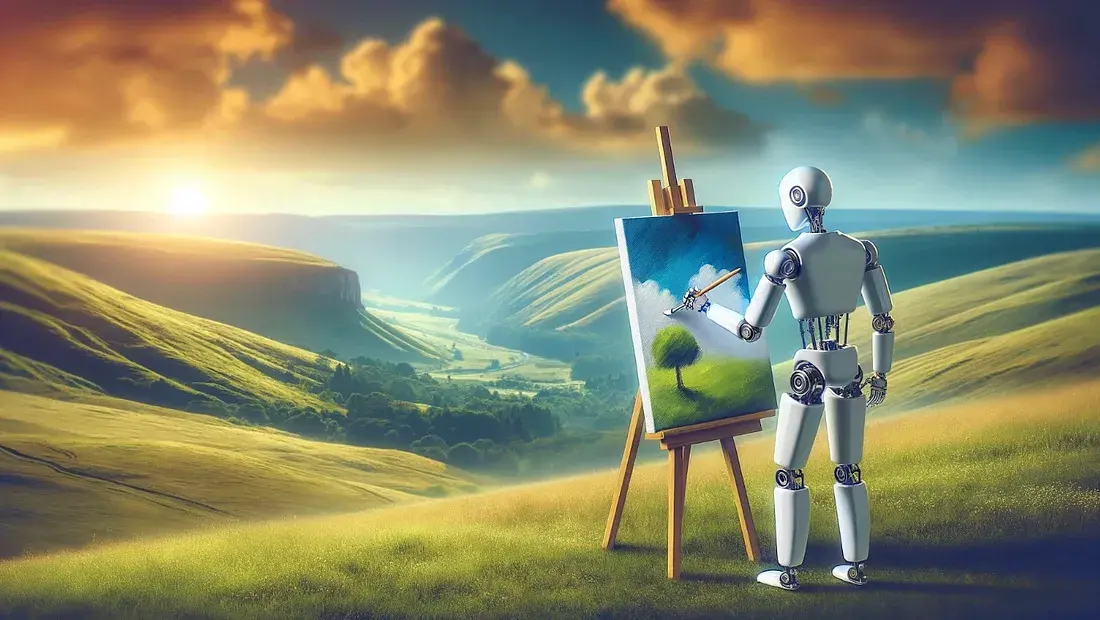AI Can Now Grasp What It Sees, And That Changes Everything

When AI generates stunning art or edits a photo with eerie precision, there's often an unsung hero quietly doing the heavy lifting: a tokenizer. Now, a surprising new discovery from MIT researchers suggests these behind-the-scenes components are far more powerful than anyone realized, and they might just change how we interact with digital images forever.
In AI systems like ChatGPT or DALL·E, a tokenizer (or encoder) translates complex information, words, pixels, audio, into a language that the machine can understand. But in a study published this week, MIT scientists found that image tokenizers can do more than just convert pictures into data. They can preserve key semantic details, like textures, object shapes, and relationships, so well that the AI can not only reconstruct the image but also edit or generate entirely new versions with surprising skill.
“Previously, we thought of tokenizers as just compressors,” says senior author Phillip Isola, a computer science professor at MIT. “But it turns out they actually learn meaningful representations of images. They can be used like a kind of visual language.”

That insight has huge implications. By feeding images through these neural tokenizers, AI models gain a deeper understanding of content, allowing for more accurate object recognition, scene manipulation, and style transfer. It also opens up new frontiers for low-bandwidth image sharing, where images could be transmitted in token form and decoded at the other end without visible quality loss.
In experiments, the researchers showed that image-generating models could perform editing tasks, like rotating objects or changing textures, even without seeing the original image, relying solely on the information encoded by the tokenizer.
Crucially, the technique avoids the need for massive GPU resources or retraining the AI from scratch. Instead, existing tokenizers can be re-used and fine-tuned, making this approach practical, scalable, and fast.
The breakthrough could soon power everything from smarter photo editing apps to more intuitive AI art platforms and even assistive tools for the visually impaired that can describe or alter images in real time.
It’s another reminder that in the rapidly evolving world of artificial intelligence, the most transformative changes often come not from flashy front-end tools, but from unexpected leaps deep inside the machine’s mind.